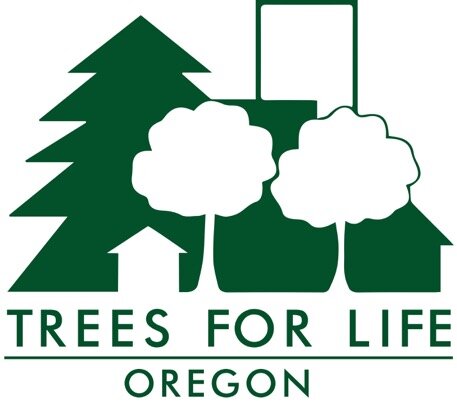Latest Street Tree Inventory Findings
A Neighborhood Map from the Street Tree Inventory Report
At this year’s Urban Forestry Tree Summit, held on April 5, 2025 at the St. John’s Community Center, Urban Forestry staff presented highlights from their most recent street tree inventory, conducted between 2022 and 2024. They found a total of 252,180 right-of-way street trees. Here are a few highlights from the full Street Tree Inventory Report. The online report is easy to use and contains telling maps and graphics that illustrate the points below, as well as trends, etc.
—Tree diversity is improving, slowly. Maples (genus Acer) still predominate, making up almost 1 out of 4 street trees. And Norway maples, which are formidable shade trees but are invasive trees in our region, constitute more than 7 percent of Portland’s street trees. Maples are susceptible to destruction by the Asian long-horn beetle, so if the beetle strikes, we will lose a hefty chunk of canopy. Between the first street tree inventory round (2010 to 2016) and this more recent, second round, the high percentage of maples has come down, though not dramatically—from 26.7 percent to 23.5 percent. Maples are no longer allowed to be planted as street trees, so maples should become less dominant over time. Cherries and plum trees, which belong to the second most common genus (Prunus) of street trees after maples, are pretty ornamentals, but they are short-lived and vulnerable to disease and insects. Like maples, they do not appear on Portland’s Approved Street Tree Planting Lists. Unsurprisingly, over 20 percent of Prunus trees were found in poor condition. On the positive side, in its own plantings in priority low-canopy areas (see green areas on the map above), Urban Forestry has been planting climate-forward street trees that are helping to increase tree diversity.
—Large-form trees make up a quarter of Portland’s street trees. Large-at-maturity trees give us many more health and environmental benefits than small trees do. The number of trees greater than 24 inches diameter and more than 50 feet high increased by 26 percent. We’d hoped the reason was because more homeowners are planting large trees. The inventory report states that a more likely cause relates to previous inaccurate mapping (of private versus public trees). Urban Forestry is now planting more large evergreen street trees where it can.
—Small trees planted in large planting strips are still a problem. These are missed opportunities for getting high-benefit large-form trees in the ground! More than 60 percent of large planting strips hold trees too small for the site. For example, one-third of dogwoods, a very popular street tree, live in large strips that could have housed a bigger tree.
—Too many small trees being planted are dying in their first few years. We hope that once the PCEF-funded City street tree maintenance program starts, fewer young trees will die during their most vulnerable early years.
—Good news: 95 percent of linden and oak street trees were found to be in healthy condition.
To learn more about the findings of the street tree inventory, see here. Also, at the Tree Summit, author Amy Stewart gave a lively talk about her latest book, The Tree Collectors, and Ryan Gilpin (Nidus Consulting), Dave Hedberg (Outdoor History Consulting), and Thomas Meinzen (Vanport Placemaking Project) presented their report Vanport Trees: Potential Survivors of the 1948 Flood.

